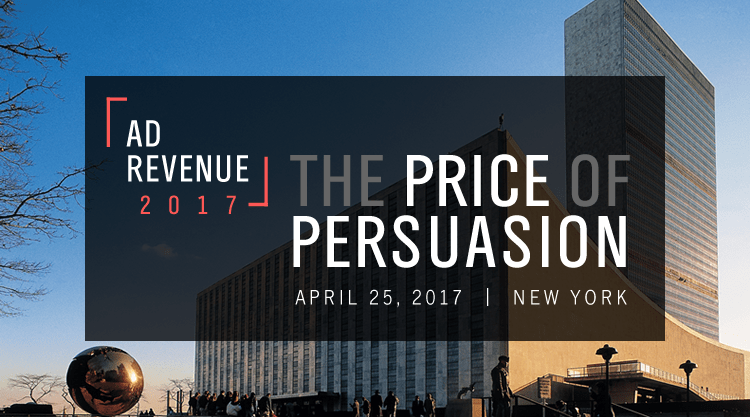By Kirk McDonald, President
One of the best things about transitioning from one year to the next is the opportunity to take stock of everything that occurred over the previous 12 months. In newsrooms and living rooms alike, we compile “best-of” lists, pick the year’s winners and losers, sum up trends and predict new ones.
When it comes to the advertising technology industry, the most tempting thing would be to speak in terms of sheer growth: look at the new clients we’ve all signed up; the IPOs that have launched not only individual companies but the industry as a whole to new heights; and the technological advances introduced this year, and you’ve a portrait not only of significant achievements but also of a promising future.
But the numbers tell only half the story. The greatest thing that happened to the industry this year does not appear on anyone’s balance sheet: it is the fact—impossible to prove empirically, but also impossible to deny—that 2013 was the year we finally stopped questioning programmatic.
We stopped because it became obvious. For years, our main challenge was making the case for the merits of programmatic advertising strategies. Our technology, we had to insist, wasn’t a fad. It will benefit advertisers and enhance, not harm, publishers’ abilities to monetize their inventory. It will not, and was not designed to, replace human judgment and human interactions. It will foster new kinds of creativity. Even as our industry blossomed, we still had to begin most business meetings and most interviews with something that sounded a lot like a defense of our very existence.
No more.
This past year, due largely to the aforementioned technological and market-size breakthroughs, programmatic has crossed the “If” chasm. From this point on, I suspect, we will no longer be talking about whether programmatic is an advisable strategy, but how best to harness it in the interests of all sides. This is a major shift, and like all major shifts, so too will this one have implications we probably won’t be able to see for years to come. But several changes are likely, and we’d better pay attention to them if we are to start 2014 on the right foot.
For one thing, the complete immersion of programmatic in the publishing cycle means that we are likely to see new and exciting partners entering the fray. With innovative platforms allowing any content provider to target the right audience and offer up the most relevant ads, the very definition of what it means to be a publisher is changing in front of our eyes. From the small magazine that delivers content tailored to its niche readership to the huge corporation that uses its data to provide its customers with specific and highly relevant offerings, we are all publishers now.
That being the case, we need more and better-trained specialists to help us through the process of programmatic adoption. Far from eliminating the need for human expertise, the surge of programmatic has brought people back to the forefront. It will take the best and brightest among us to apply the wisdom and experience of media best practices to the efficiency of algorithms and technology supported workflow. The combination will determine new winners and re-shape the advertising industry in the process. At PubMatic, we call it the Human API, and are confident in the fact that its application is the future.
As we put on our party hats and welcome the New Year, let us take a moment and celebrate the thought that the future looks truly bright, and we are blessed to have a part to play in shaping the outcomes.



